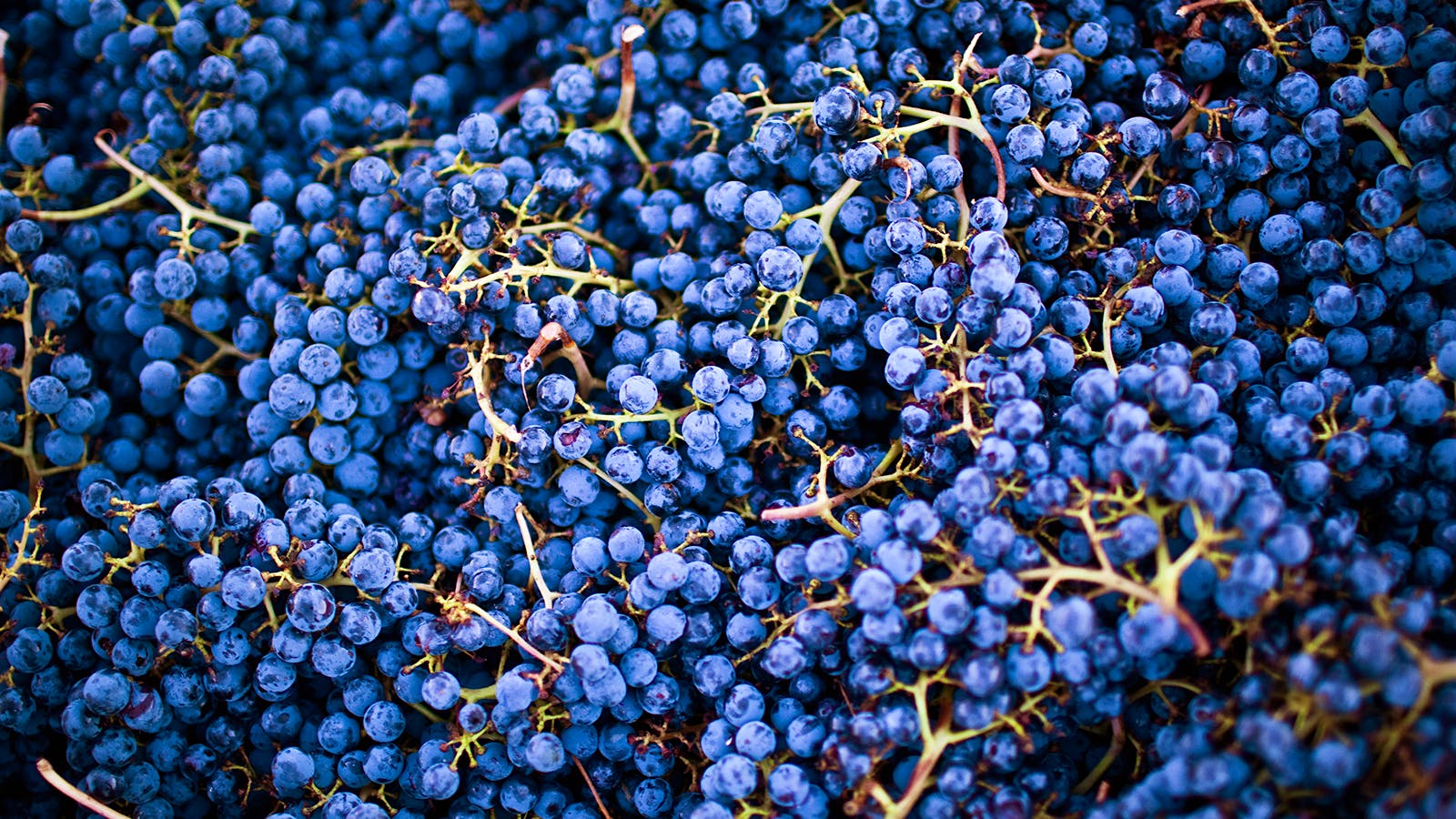Using sophisticated software, scientists have sequenced the genome of one of the world's most popular wine grapes, Cabernet Sauvignon. Their success could unlock methods for breeding new clones of top grape varieties as wine regions are challenged by a changing climate.
"The technological advancement we describe in this work is shedding light on the genes that make Cabernet Sauvignon and other wine grape varieties distinct from each other," said the leading scientist on the Cabernet genome project, associate professor and grape geneticist Dario Cantu of the University of California at Davis. "This information will allow grape breeders to combine interesting characteristics into new varieties."
The software, known as FALCON-unzip, was developed in conjunction with new DNA sequencing technology by Pacific Biosciences. Three organisms were subjected to the process, including Cabernet Sauvignon. Details of the software and the sequencing results were published in the October issue of Nature Methods.
While a team of Italian and French researchers published the first genome sequence for Vitis vinifera in 2007, they used a variety specifically created for sequencing, not wine production. The new research used a commercially viable clone of Cabernet Sauvignon.
"Previously, we were limited by what we could do with grape varieties due to their genetic complexity," Cantu explained to Wine Spectator. "Most popular varieties are hybrids, which makes them complex and difficult to dissect. We now know, for example, that Cabernet Sauvignon originated from a cross between Cabernet Franc and Sauvignon Blanc, which helps to explain its inherent complexity and why it has been difficult to identify specific genetic features of the variety."
Cantu believes the greatest potential application of the technology would be to help overcome the effects of climate change on grapegrowing. "Our established viticultural areas may soon become less than optimal," he said. "If we want to continue to cultivate grapes for high-quality wines, those varieties will need to be better suited to higher temperatures, drought, even salinity."
Cataloging the genetic makeup of various grape varieties will also help pinpoint genetic markers associated with specific flavors winemakers may want, healthy chemical compounds found in wine, resistance to vineyard pests and disease, and other desirable traits of a given variety. The data could assist in combining, either through breeding or genetic modification, genes from different varieties. You want a grape that has the flavor profile of Sagrantino with the humidity tolerance of Blanc du Bois? Scientists could have the ability to identify specific genetic markers from each and breed accordingly.
The sequencing technology could also help scientists better understand the history of varieties. Ampelographers and viticulturists have been trying for centuries to trace and understand the web of relationships between the hundreds of different wine grapes. One recent study found that Pinot Noir's high tendency to mutate and create new clones is likely due to its ability to incorporate the genetic material of attacking viruses. Such information can help us understand what goes on in a vine at the genetic level.
By looking into the genome of a given variety, scientists can see the various traits that were handed down by its "parents." In the case of Cabernet Sauvignon, what material came from Cabernet Franc and what material came from Sauvignon Blanc? More important: How do they work together?
Cantu believes that this is just the beginning. "What we achieved with this work resolved a critical bottleneck to what we could do for the wine industry. In the coming years, we will learn a great deal about how the most successful wine grape varieties work and how to make them even better."












